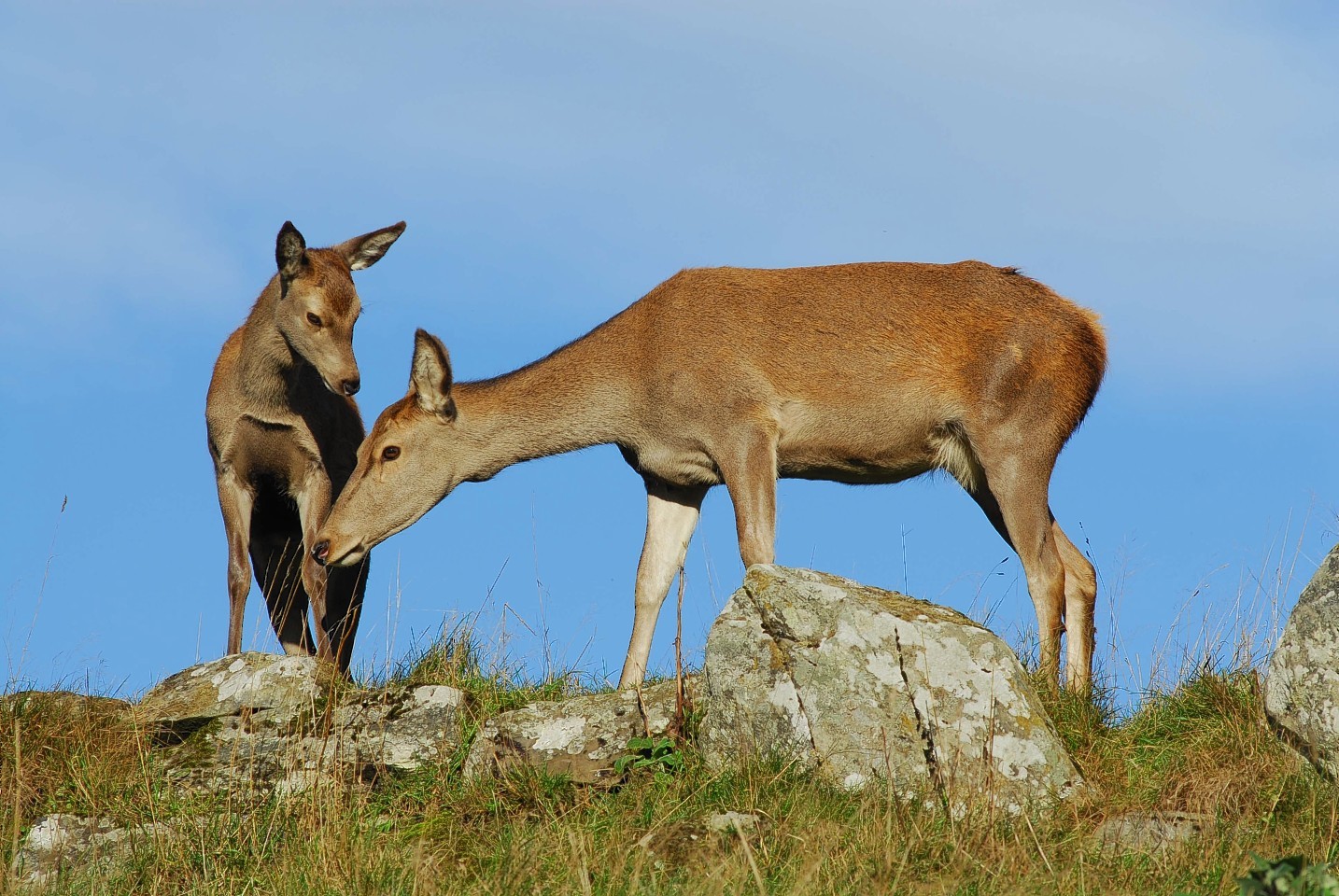The Scottish Government has launched a public consultation into proposals designed to curb tuberculosis (TB) in goats, llamas, sheep and farmed deer.
The 12-week consultation, which began on Monday and runs until December 22, will consider the Scottish Government’s proposal to introduce legislation and a regime of TB controls geared towards combating the spread of the infectious disease which is most commonly associated with cattle, but which does spread to other animals.
Speaking at Holyrood, the farm minister, Richard Lochhead, said that, although the cattle industry is strictly regulated for TB, there remain no legal powers in Scotland targeted to control non-bovine species (except deer), where the disease is strongly suspected or confirmed.
“The European Commission recognised Scotland as being officially TB-free (OTF) in September 2009 and the Scottish Government is very keen to maintain this,” said Mr Lochhead.
He said the introduction of a non-bovine TB order will provide Scottish ministers and the Animal Health Veterinary Laboratories Agency (AHVLA) with the powers needed to deal effectively and quickly with TB incidents in camelids, goats, sheep, pigs and deer, when they arise.
“It will also give us the ability to provide animal keepers with statutory compensation for animals slaughtered as a result of TB,” he said.
Mr Lochhead said the public consultation will give the Scottish Government the opportunity to engage directly with a variety of livestock sectors.
He said representatives from these sectors will shortly be invited to meet with officials to discuss any issues raised.
According to Mr Lochhead the Scottish Government remains committed to ensuring the low levels of TB incidence in cattle and other species remain low – safeguarding Scotland’s OTF status.
This includes minimising all potential sources of infection and reducing the risk of disease spread as far as possible.
The proposed TB order will not be used to introduce a regular TB testing regime for non-bovine animals — nor is it intended to introduce pre or post-movement testing (as exists for cattle).
Instead the powers will only be used where a TB incident is disclosed.
In particular, non-bovine animals would be tested in the following circumstances: where disease is identified through post-mortem examination; where animals are ‘back traced’ from known breakdown herds; where dis-ease is identified on contiguous premises; and other epidemiological situations where AHVLA believes testing is warranted.
South of the border, following recommendation last year, farm ministry Defra announced a series of new measures for camelids, including a voluntary code of practice on TB surveillance and herd accreditation and a consultation on statutory compensation for owners of camelids that are slaughtered for TB control.
